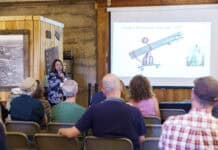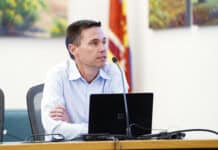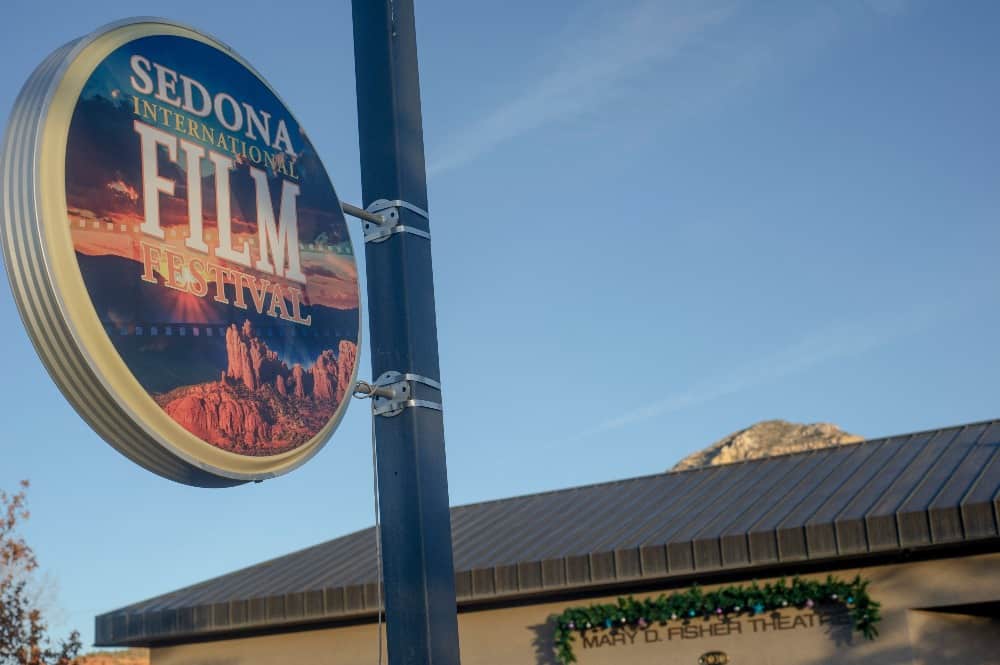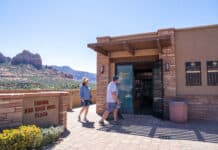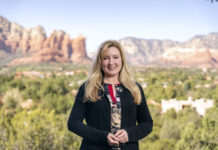Over the last few years, there has been a shift in the way tourism in Sedona is approached in an attempt to address and answer the question, “How much is too much?”
The Sedona Chamber of Commerce & Tourism Bureau, in partnership with the city of Sedona, Nichols Tourism Group, Arizona State University’s Center for Sustainable Tourism and a local advisory group, have been working for more than a year to create a draft Sustainable Tourism Plan.
The plan is meant to be a comprehensive approach to managing tourism in a way that ensures a vibrant economy while preserving a healthy environment and high quality of life, a city report states.
In late November, the Sedona City Council was given a three-hour presentation dealing mostly with a survey of residents, visitors and business owners conducted earlier this year.
Then on Dec. 13, tactics and objectives were discussed as the draft plan is in its final stages. The group will meet again on Wednesday, Jan. 9, to discuss what’s missing or needs to be changed in the plan.
“This is really the culmination of not only work related directly to this plan but also part of a transition over the last number of years as the chamber is evolving from a destination marketing organization to what we would call tourism management,” City Manager Justin Clifton said.
“This plan is really an important milestone in that transition to try and capture a lot about what that means.”
One of the goals of this plan is to “implement sustainable principles, positioning Sedona as a national and international leader in destination stewardship.” This will be done through four pillars of sustainable tourism and the objectives of each. They include:
Environmental
- Implement new waste prevention, reduction and diversion strategies, particularly focused towards visitors and their impacts in the Sedona region.
- Expand programs that encourage minimal water usage and protect water quality.
- Create new programs to help businesses and visitors moderate energy use and utilize alternative forms of energy.
- Launch initiatives that lessen impacts to land including noise, air and light, and better insure long-term sustainability.
- Take leadership role in educating and engaging visitors about sustainability and being a sensitive guest while in the destination.
Resident Quality of Life
- Recognize that tourism impacts quality of life. Continue to evaluate and protect against over-tourism. n Expand use of shuttle systems to reduce vehicular traffic and enhance access to trails and other key destinations.
- Implement new infrastructure and multi-modal solutions to facilitate visitor traffic flows.
- Expand use of technology to help solve transportation challenges.
- Deepen engagement with Sedona residents, expanding their knowledge of tourism and efforts to manage it to be an affective balance.
- Develop new experiences that resonate with Sedona residents and visitors, while enhancing their understanding of sustainable practices.
- Manage current and future accommodations in ways that ensure they are in balance with long-term sustainability of destination.
Quality of Economy
- Sustain adequate levels of economic activity in need periods and disperse visitation to moderate congestion.
- Expand interagency collaboration to maximize capabilities among diverse Sedona organizations.
- Adjust tourism marketing to achieve a balance between quality of life and a healthy economy.
- Pursue innovative approaches to employee housing and training.
Visitor Experience
- Deepen understanding of existing experiences, how best to achieve them, and how to apply sustainability practices while visiting.
- Work to disperse visitors across the broader Verde Valley region to help moderate congestion at key Sedona experiences. After receiving these goals and objectives, Councilman Scott Jablow asked at what point does Sedona hit its limit in terms of the number of tourists who come here annually.
“The first thing we should be doing is answering the question that we’ve been asked by the residents, ‘when is enough, enough?’” he said.
“They’re asking us to give them the answer.” To that, Clifton said, “I think the reason it’s unanswered to date by any body, including this council, is because how do you answer that question? When you’re just looking through this with an economic lens, that’s difficult. So it seemed the first appropriate step in answering that question is to broaden our perspective.”
Clifton then added, “It’s a question the council has asked of the chamber and a question the chamber has asked of council and a question the public has asked as well. Ultimately, it’s a very difficult question to answer.”



